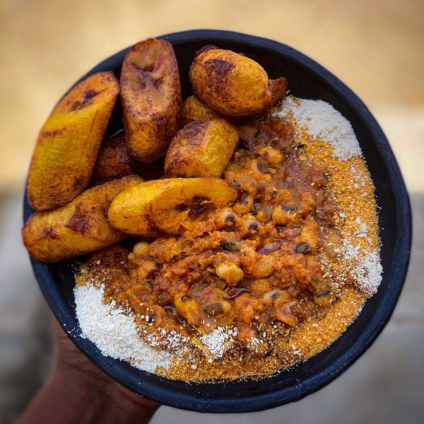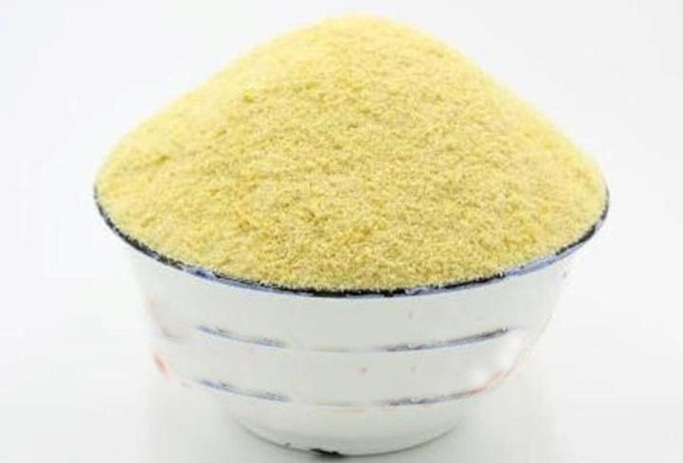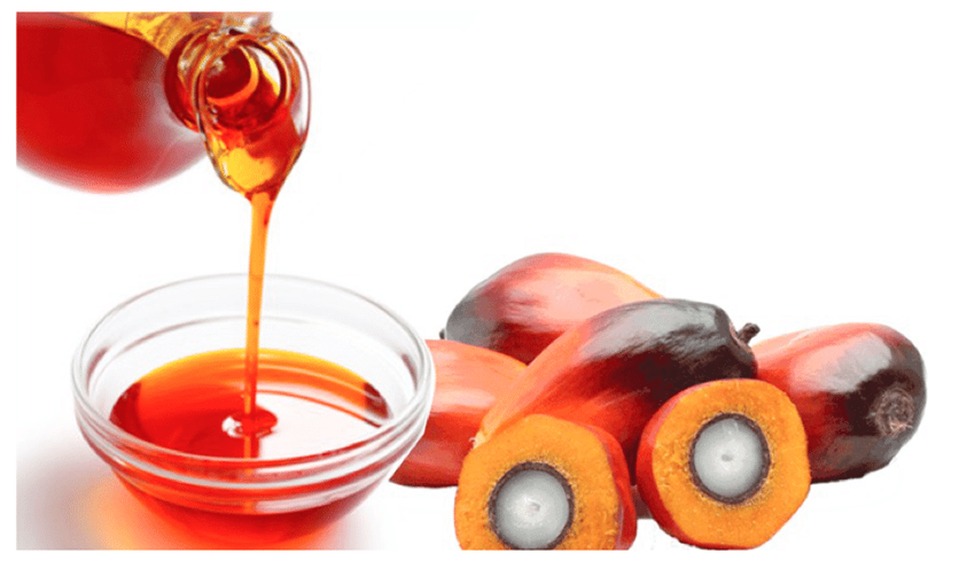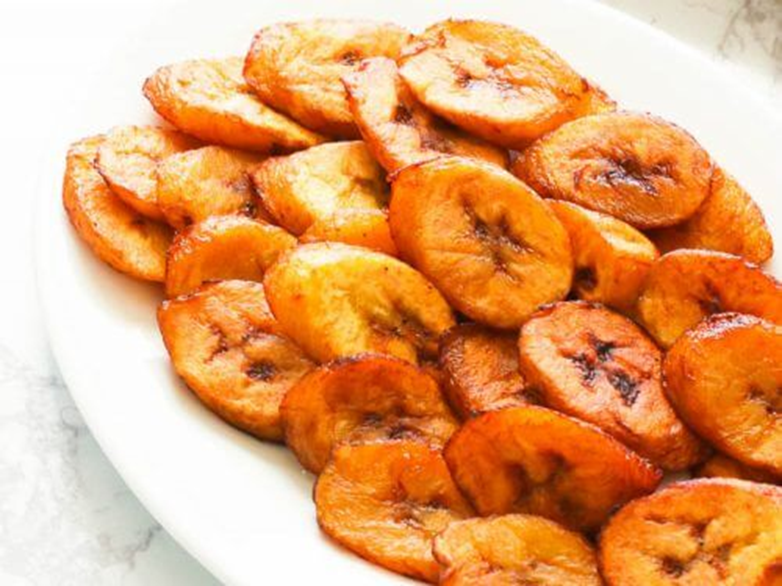
According to Wikipedia(2021), Gari and beans are very nutritious, with Gari being starch-rich and serving as a source of energy. In this post, I will concentrate on a scientific evaluation of the
four primary chemicals utilized in gob3 (Beans, Gari, fried Plantain, and Palm oil). The other ingredients are modest, so I won’t go into detail about them, but they contribute to the flavor and
overall health advantages.
The Science of Yoo Ke Garri
We evaluated yoo ke gari using the four important ingredients listed below:
Peas with black eyes
Gari
Palm Oil
Fried Plantain
Beans
Gob3 is a popular Ghanaian dish.
The beans utilized in gob3 are black-eyed peas. There are various types of beans that are healthy.
Science, black-eyed peas
Loss of weight
Because black-eyed peas are high in protein and soluble fiber, eating gob3 or yoke gari can help you lose weight. Two studies (Bloom et al.2006; Lomenick et al.2009) discovered that the protein in gob3 lowers levels of ghrelin, a hormone that stimulates feelings of hunger.
In contrast, Lattimer and Haub’s (2010) study discovered that as a soluble fiber, this fiber produces a gel-like consistency and slowly enters your digestive track to make you full. This explains why most individuals enjoy eating gob3 to keep them going throughout the day. Eating beans aids with weight management.
Another evaluation of 21 studies conducted by Kim et al. (2016) discovered that including black-eyed peas in your diet (gob3) could be an effective weight loss approach and may help
reduce body fat percentage.
Digestive Wellness
Black-eyed peas are a soluble fiber item that promotes digestive health. Interestingly, one meta-analysis by Yang et al. (2012) shows that eating more gob3 can assist promote regularity and increase stool frequency in people who are constipated.
Anderson et al. (2009) discovered that fiber in gob3 may help prevent digestive problems such acid reflux, hemorrhoids, and stomach ulcers.
Another piece of good news is that Carlson et al. (2019) discovered that the soluble fiber present in black-eyed peas and other plants can also work as a prebiotic, promoting the growth of
beneficial bacteria in our gut and fostering a healthy microbiome.
According to Kechagia et al. (2013), these beneficial bacteria not only support digestive health but also reduce inflammation, improve immunological function, and lower cholesterol levels.
Cardiovascular Health
Eating gob3 lowers your chance of heart disease as well. A analysis of ten research conducted by Bazzano et al. (2009) discovered that regular consumption of legumes was associated with reduced levels of total and LDL (bad) cholesterol, both of which potentially contribute to heart disease.
Alizadeh et al. (2014) discovered that eating a low-calorie diet fortified with 1 cup of legumes per day for 6 weeks significantly reduced waist circumference, lipid and blood pressure levels when compared to a control group.
Gari

Gari is an excellent choice for persons with diabetes, high blood pressure, or high cholesterol because it is exceptionally low in salt/sodium, sugar, and fat, as well as free of refined carbs and synthetic additives.
Although it is low in fiber, protein, healthy fats, and other critical elements (other than vitamin C), cassava is low in calories and allows you to enjoy some of your favorite dishes without using processed, bleached, or gluten-containing flours.
Vitamin C, cassava gari, digestion, and colon health
Montagnac et al. (2009) discovered that cassava has more vitamin C than potatoes, yams, wheat brown rice, corn, and plantains when compared to other basic crops (and grains).
Cassava gari is high in dietary fiber, according to two studies (Korczak et al. 2017; Rachman et al. 2020). Fiber in the diet improves digestion, fecal frequency, and weight. It also shortens the transit time of digested food through the colon.
Cassava gari is a tough starch. According to Magallanes-Cruz et al.(2017), resistant starch is starch that the small intestine does not digest. According to Nugent (2005), resistant starch functions similarly to dietary fiber.
Palm Oil

Promote Brain and Heart Health
Tocotrienols, a kind of vitamin E that contains antioxidants that may benefit brain function, are abundant in palm oil. In a 2-year human research involving 121 persons with brain lesions, Gopalan et al. (2014) found that those who took palm oil-derived tocotrienols twice a day stayed stable, whereas those who received a placebo saw their lesions develop.
Though some research findings have been mixed, this oil appears to have favorable effects on heart disease risk factors such as lowering LDL (bad) cholesterol and boosting HDL (good) cholesterol (Fattore et al.2011; Ismail et al.2018; Lucci et al.2016; Voon et al. 2015)
Plantain

According to Ogbuji et al. (2013), the average glycemic index for ripe plantain is 54.6 and 45.3 for unripe plantain. They also discovered that fried, boiling, and roasted ripe plantain have glycemic index scores of 56, 54, and 55, respectively.
According to one study conducted by Kouamé et al. (2017) in Côte d’Ivoire, plantain chips have a GI of 45, which is in the low range (refer to my previous article on GI). The study did not recommend eating Banane braisée (Charcoal-roasted light green stage plantain), which has a GI of 89 and is roasted. Deep frying was utilized in the preparation of plantain chips, with the main ingredients being salt and refined palm oil.
SOURCE: Myjoyonline.com

